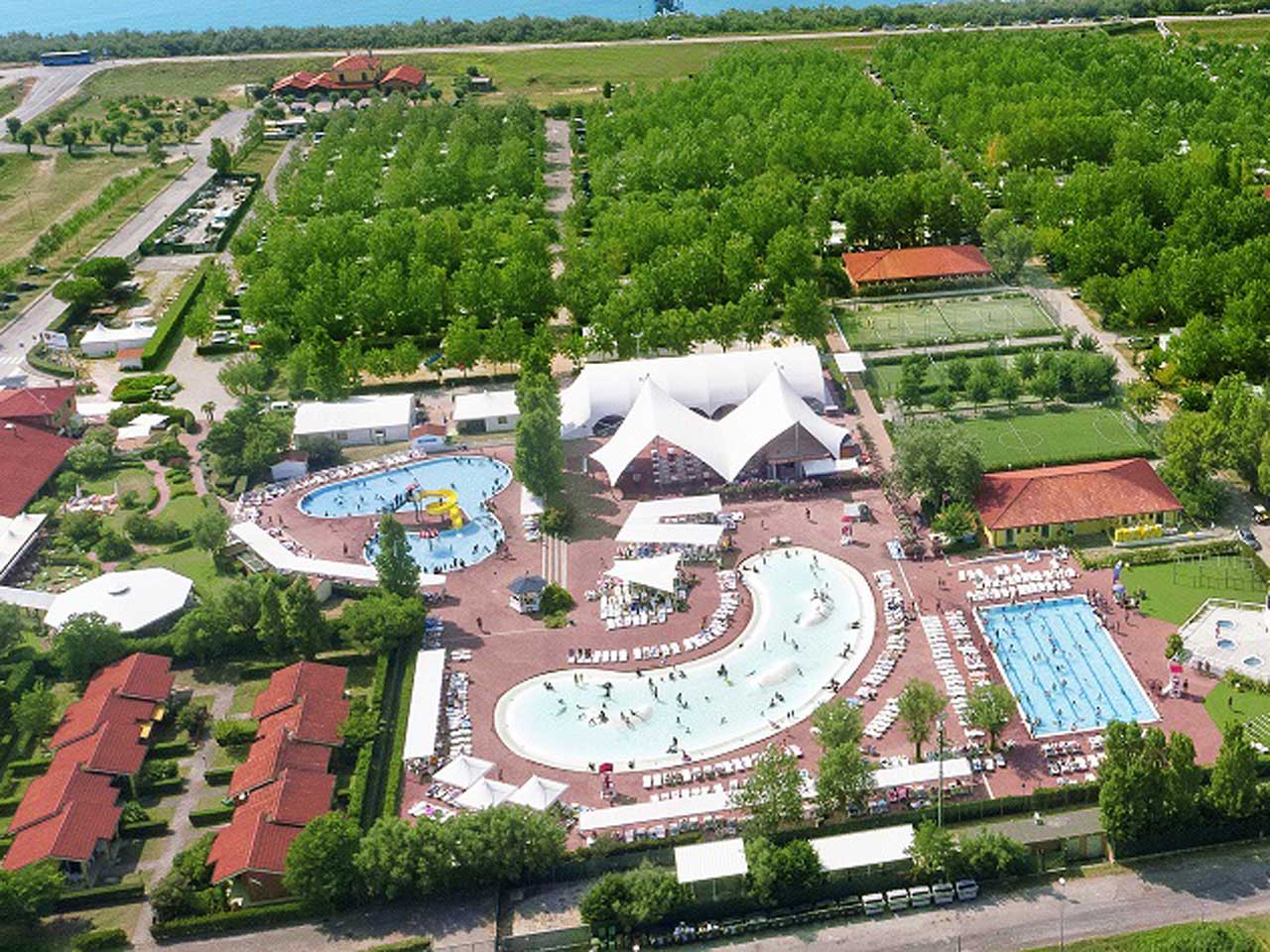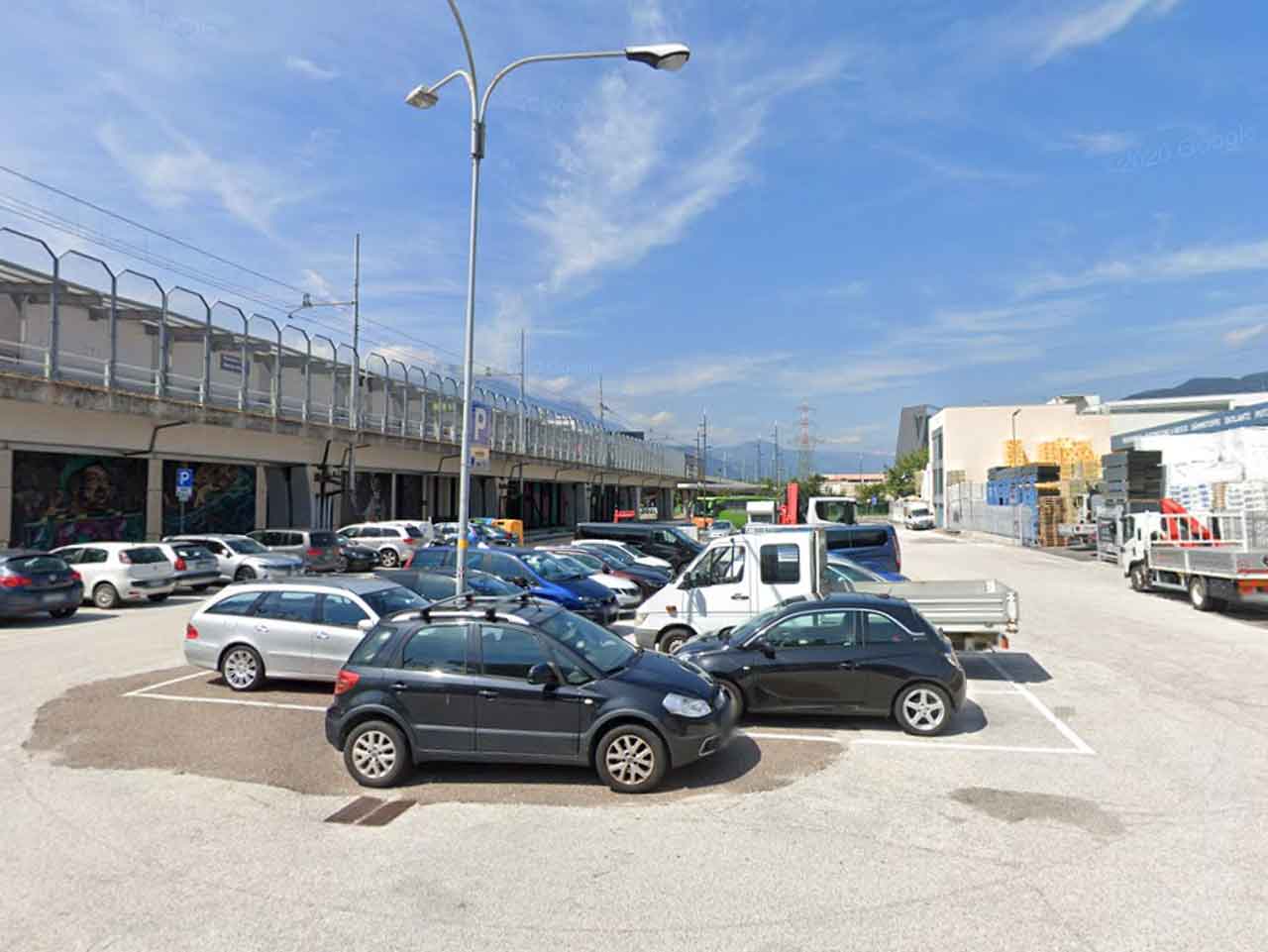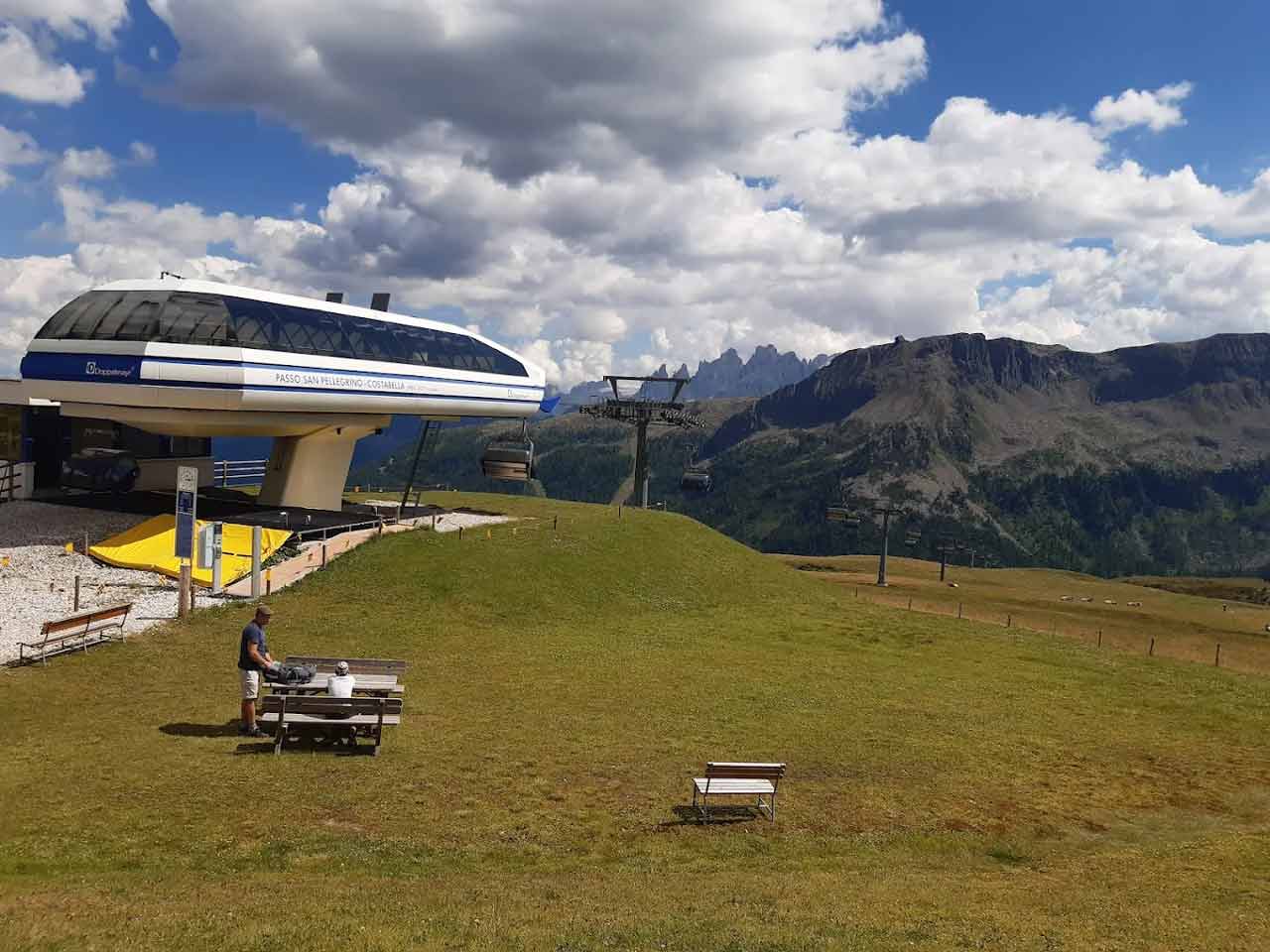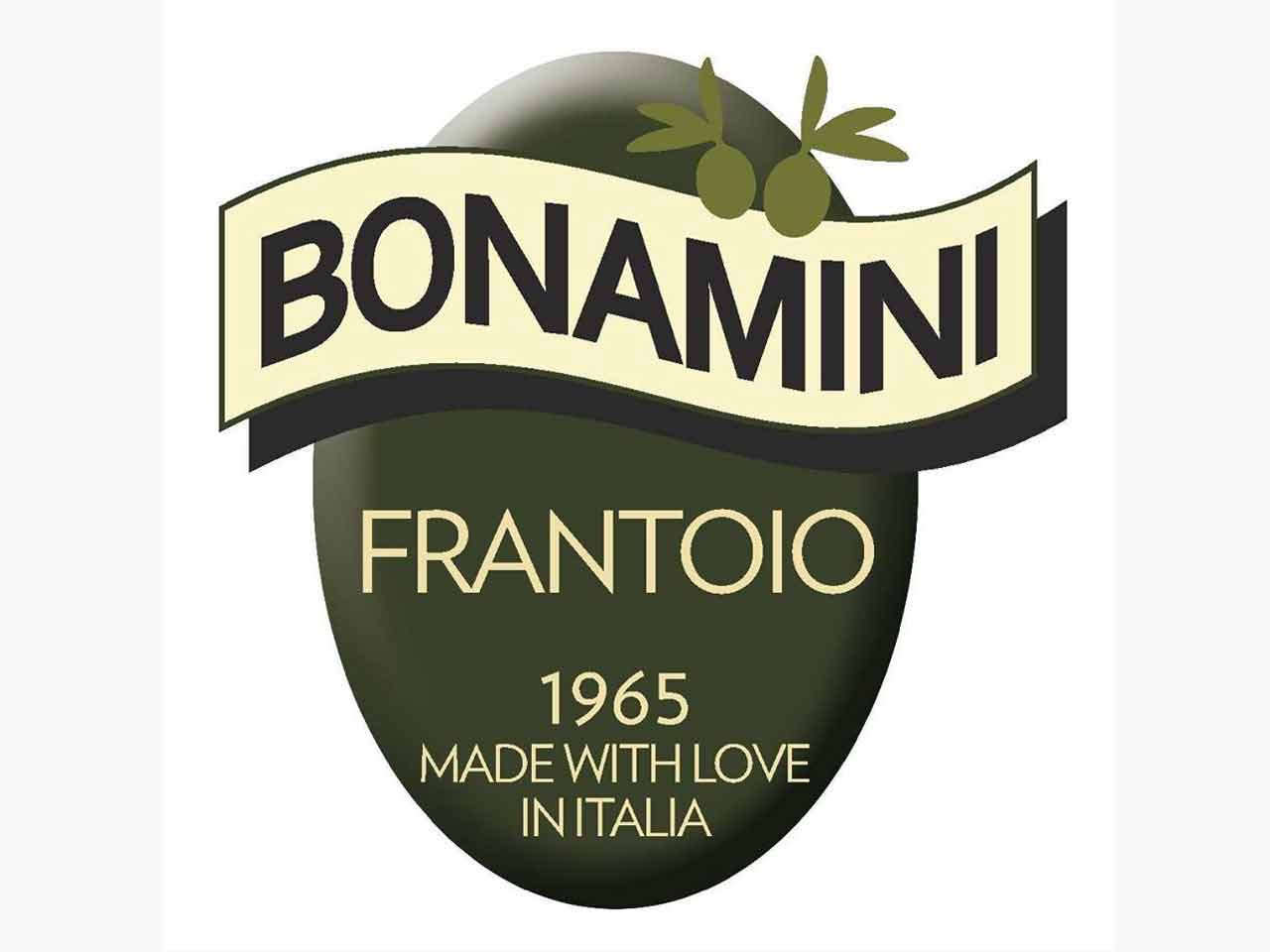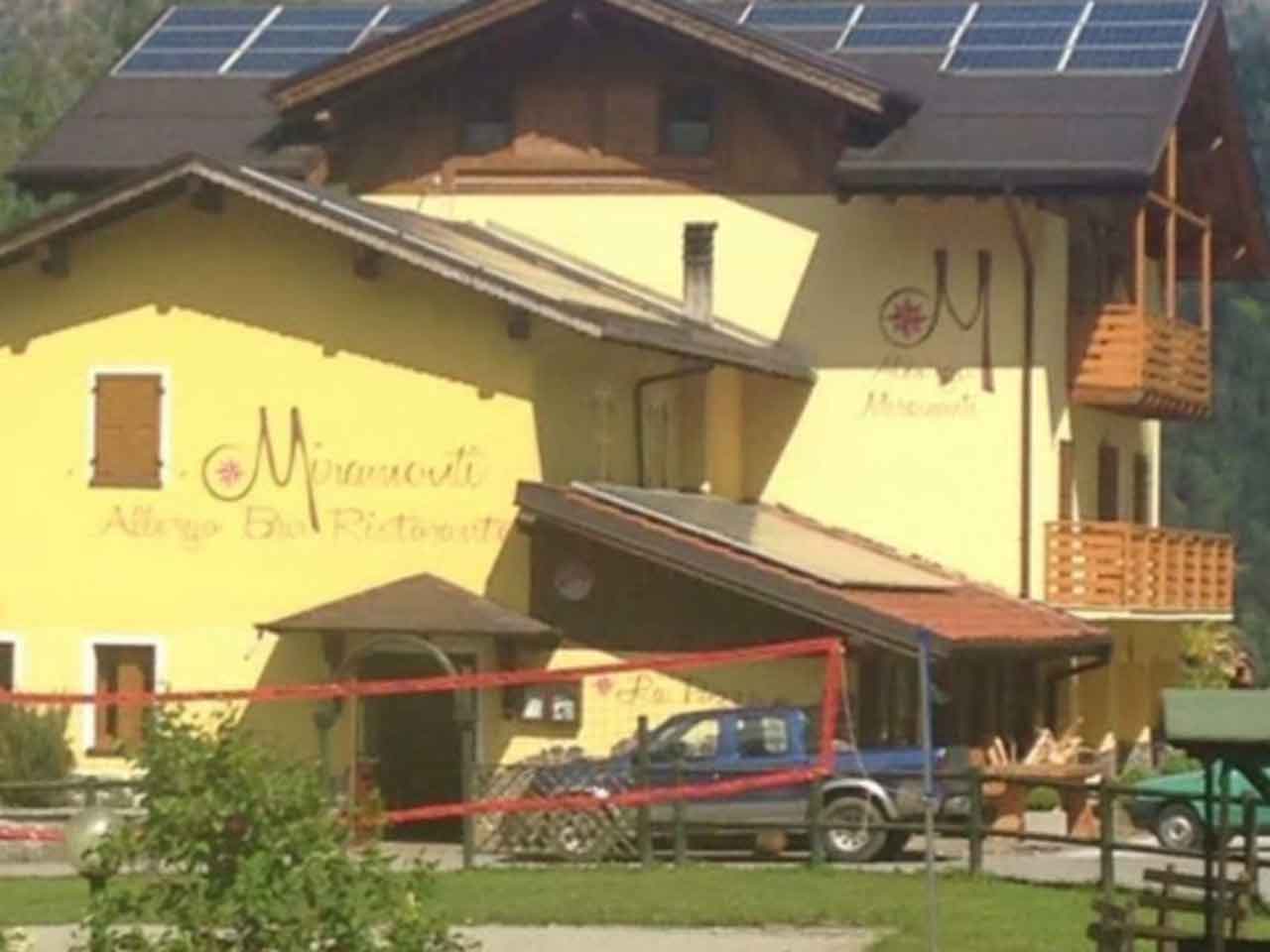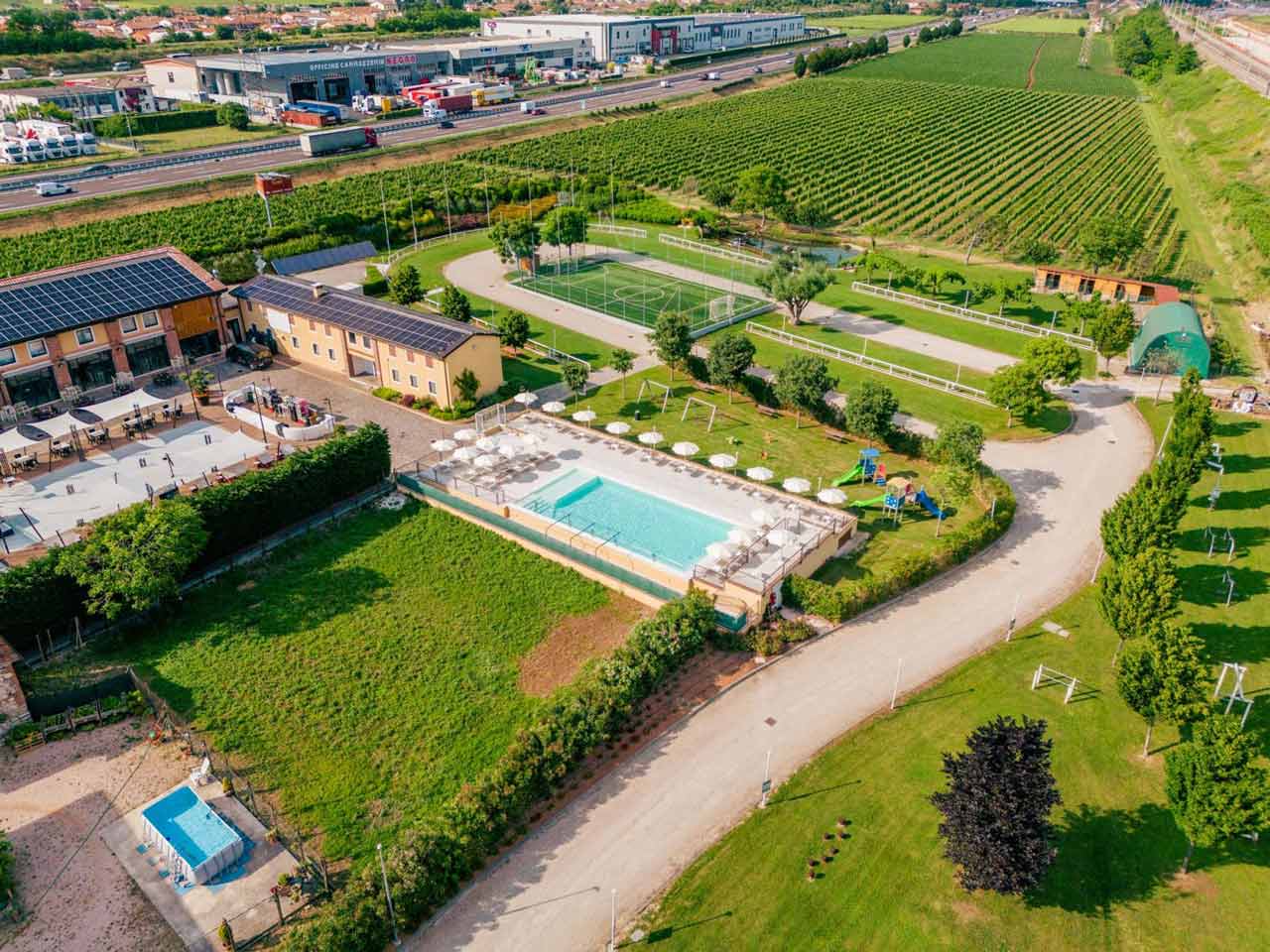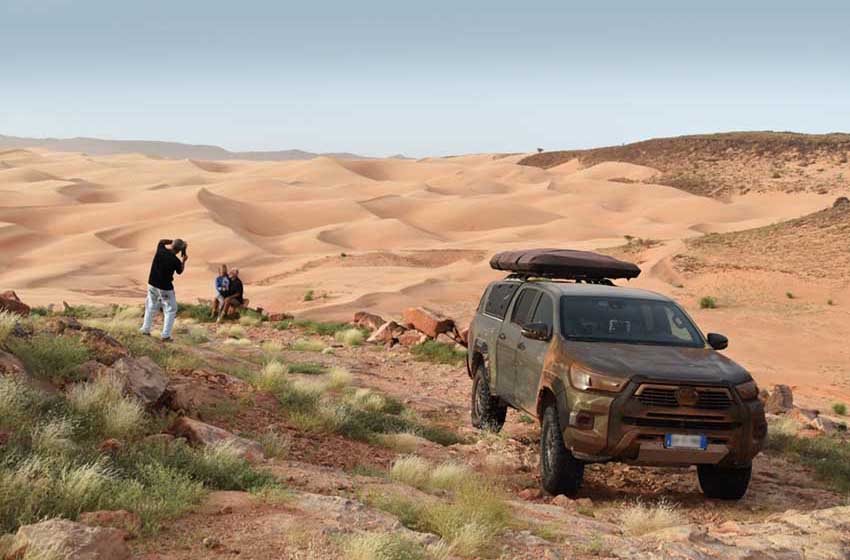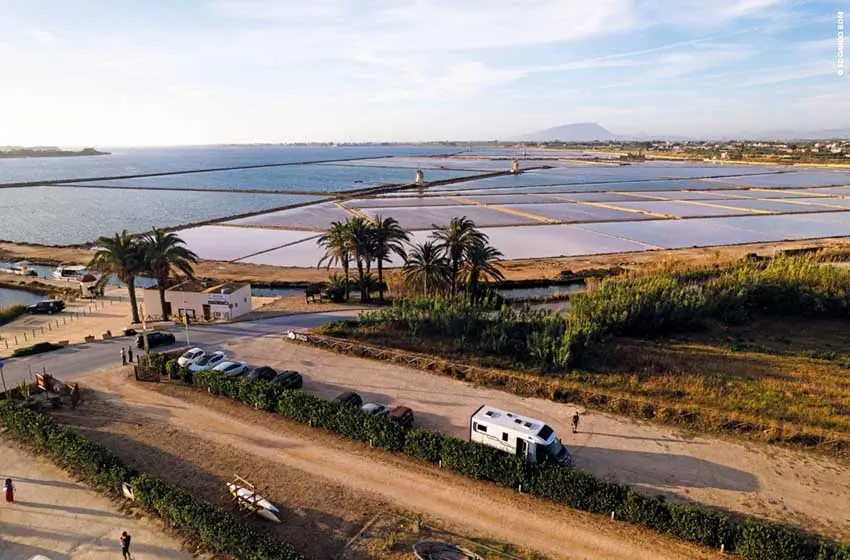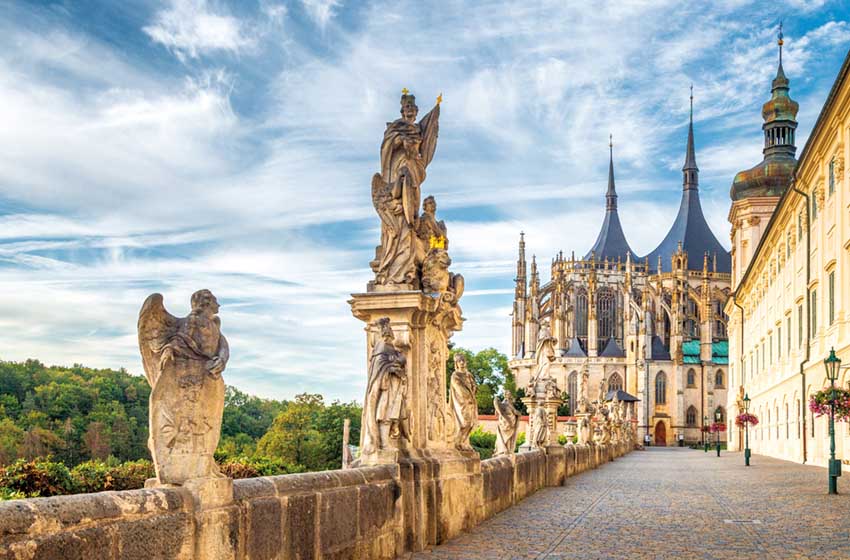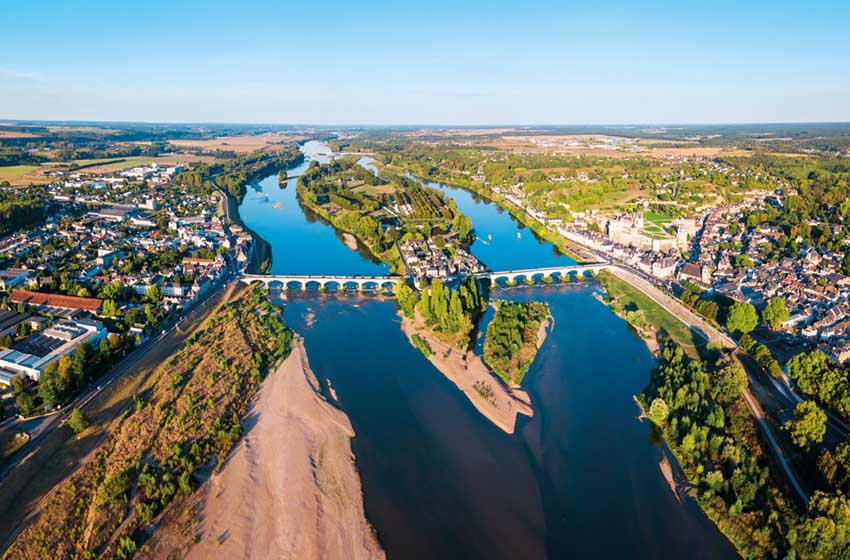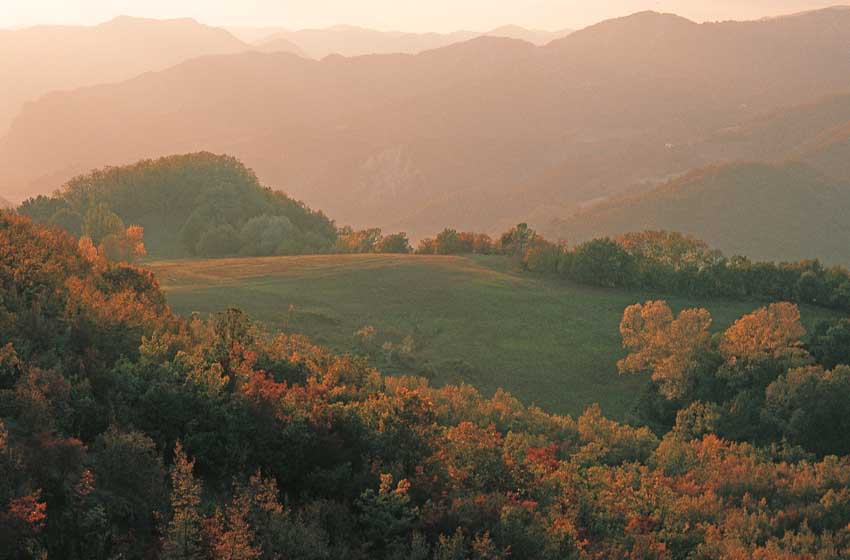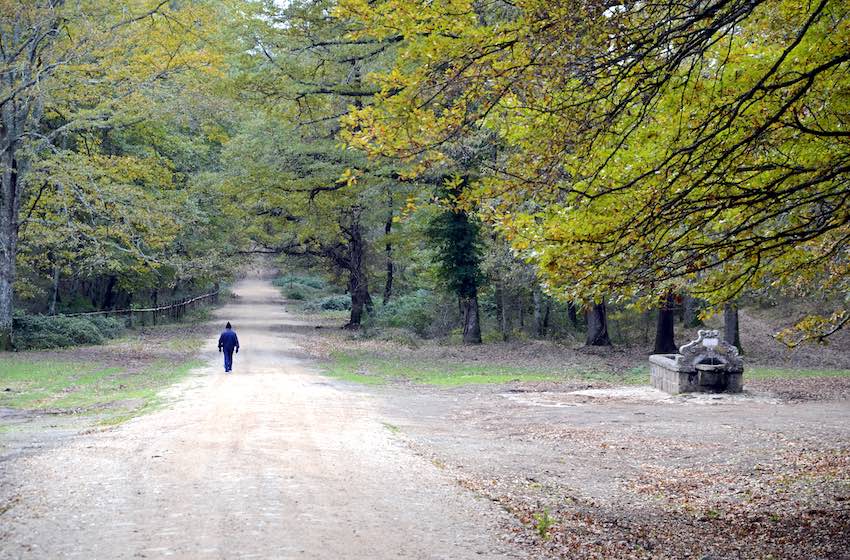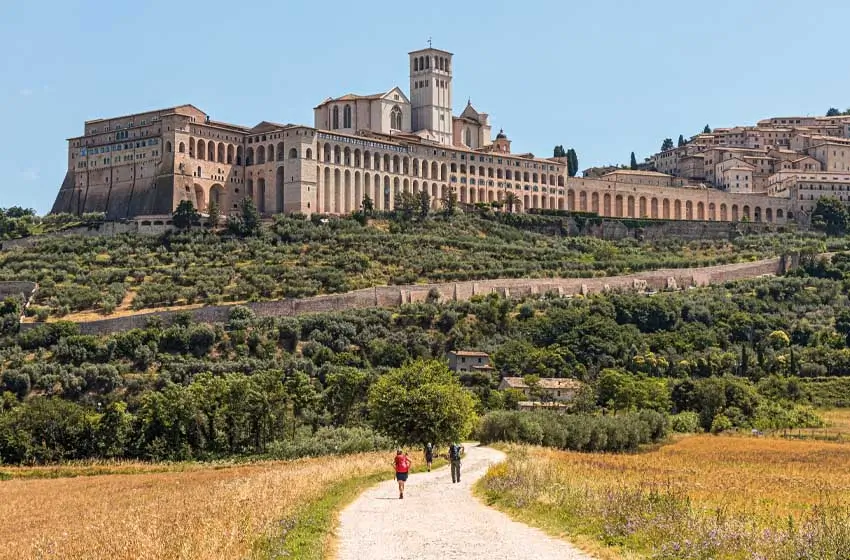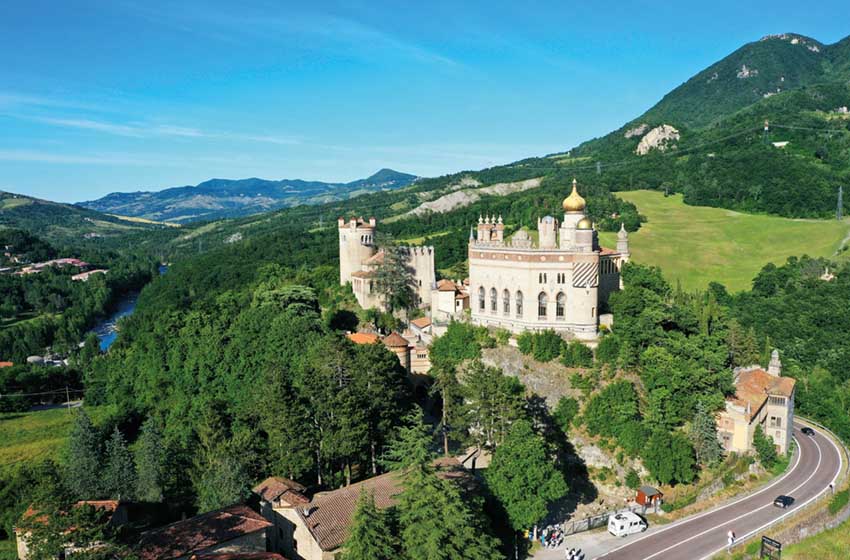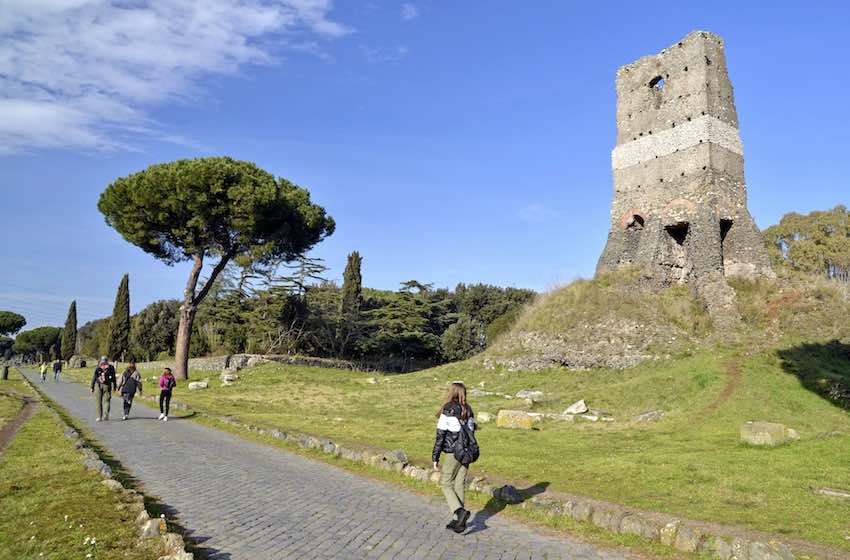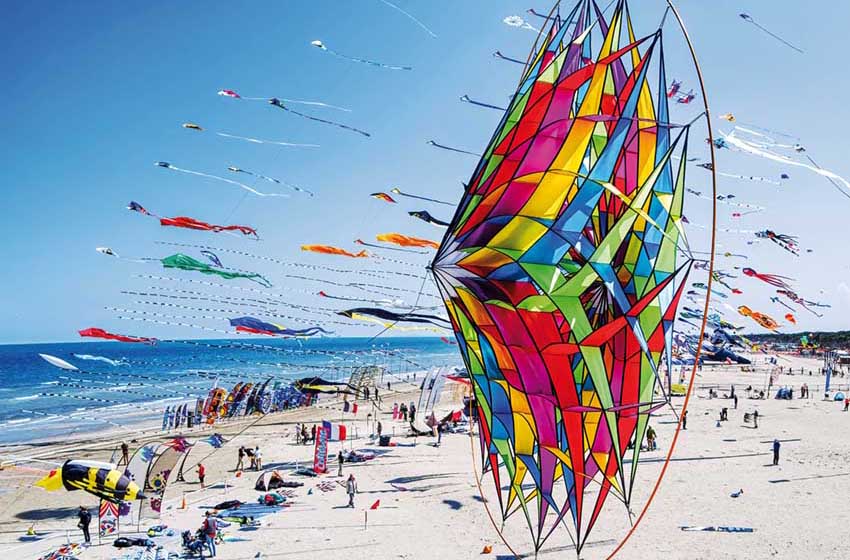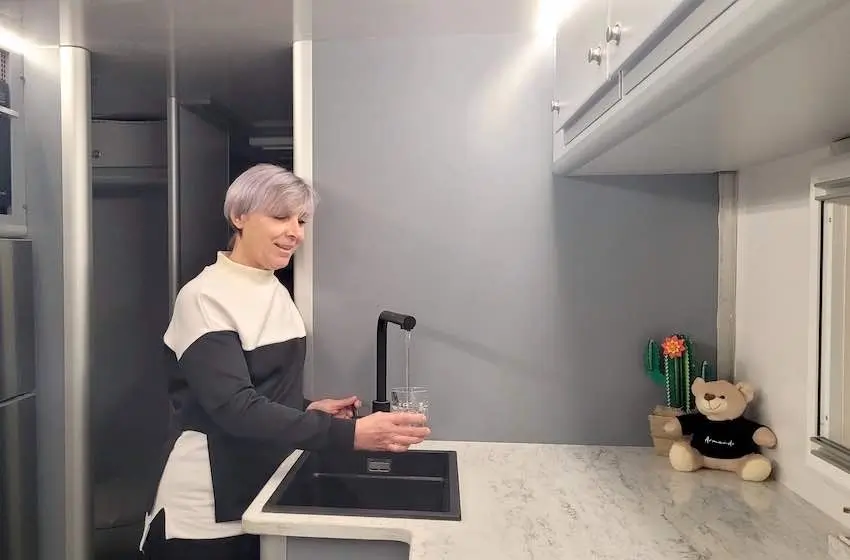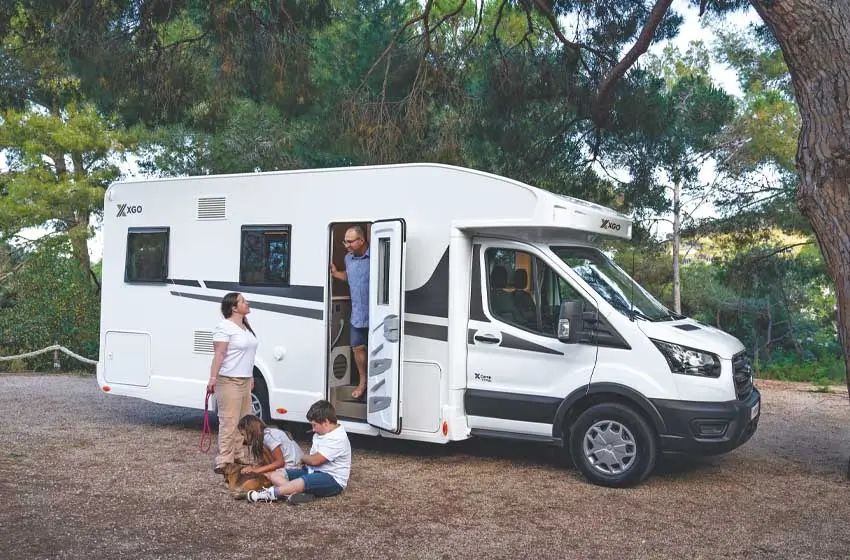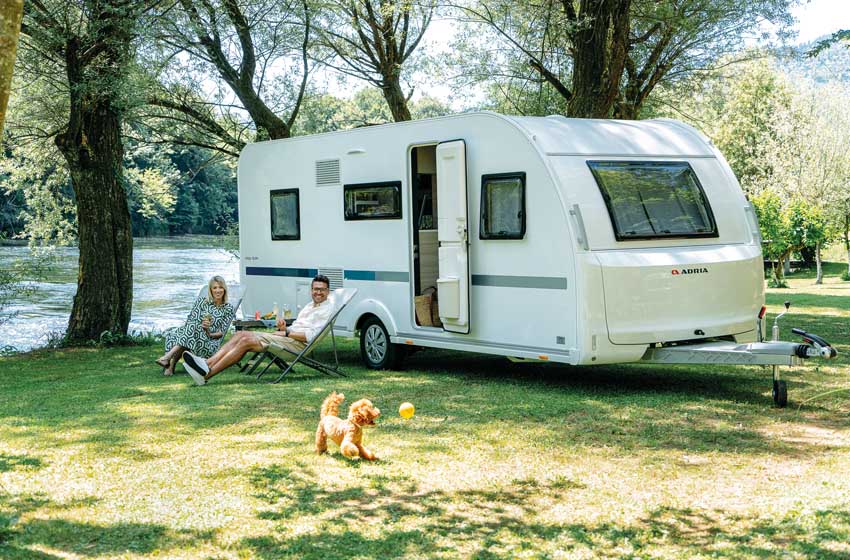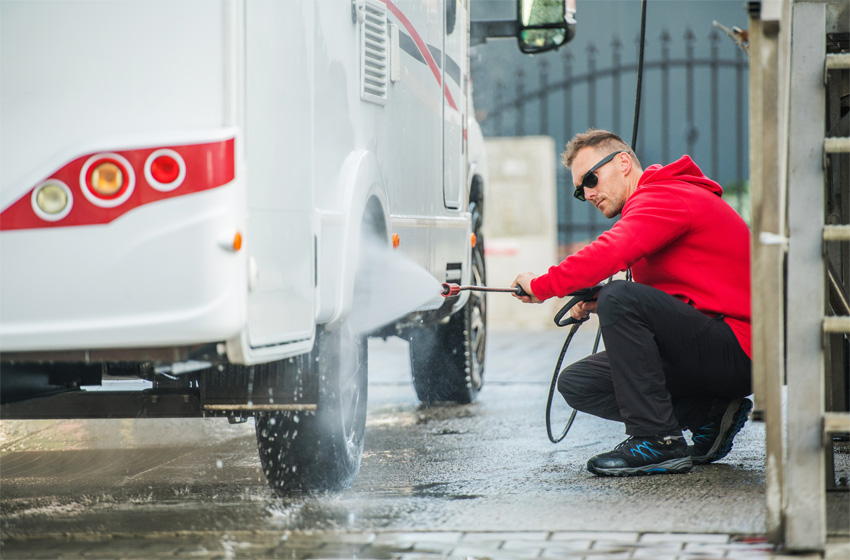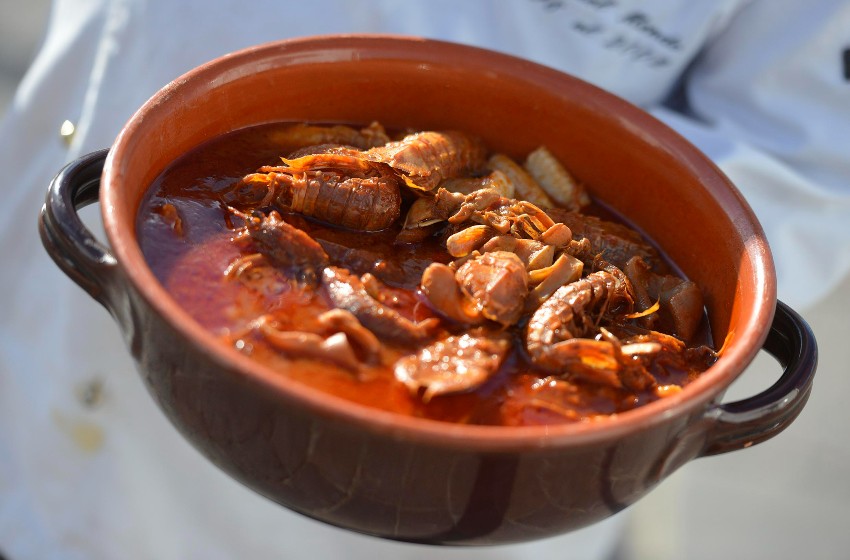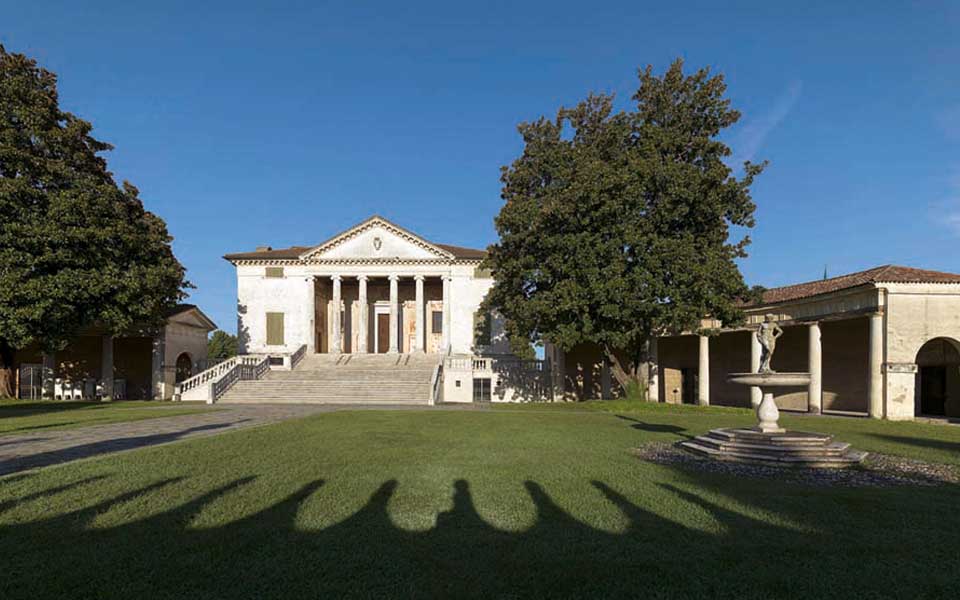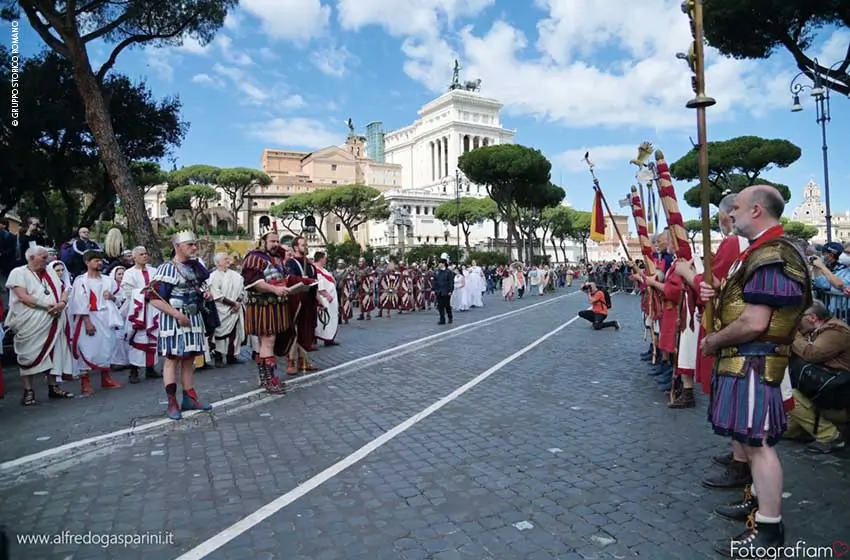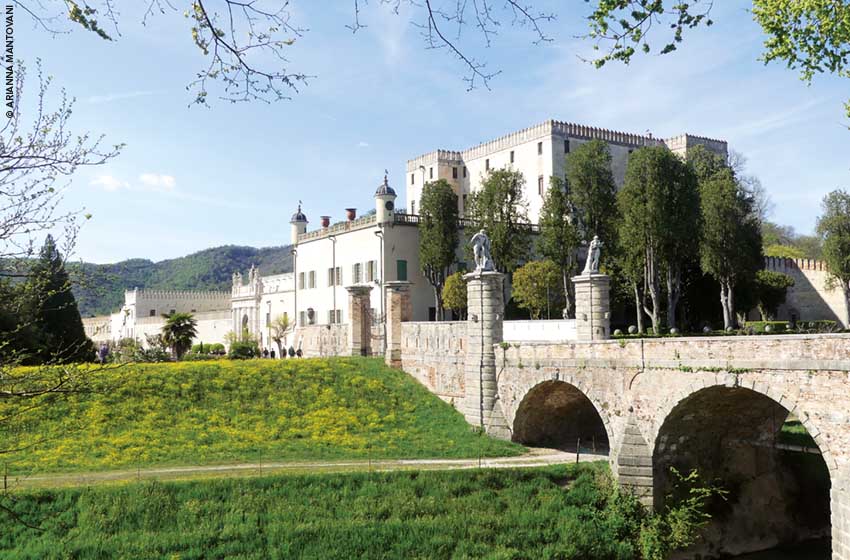For centuries it has represented the most important communication route between Northern Europe and the Mediterranean basin: shaped first by glaciers and then by the impetuous flow of waters, the Adige Valley it allowed the populations who lived on both sides of the Alps to connect with each other, often even in less than friendly ways.
The valley is crossed by railways, motorways and fast state roads, but also by a splendid cycle path that extends between Bolzano a Verona: approximately one hundred and sixty kilometers that we decided to travel from north to south, dividing the route into five sections, which allowed us to broaden our gaze on the main natural and architectural beauties encountered along the way. By doing so, it is possible to go to and from the vehicle within the same day; alternatively, to return to the vehicle you can easily use the railway network.
Discover all the stops and advantages of the PleinAirClub in Trentino-Alto Adige!
First stage • From Bolzano to Egna
23 km – Return by bike or train from Egna station (about 40 minutes, with change in Bolzano)
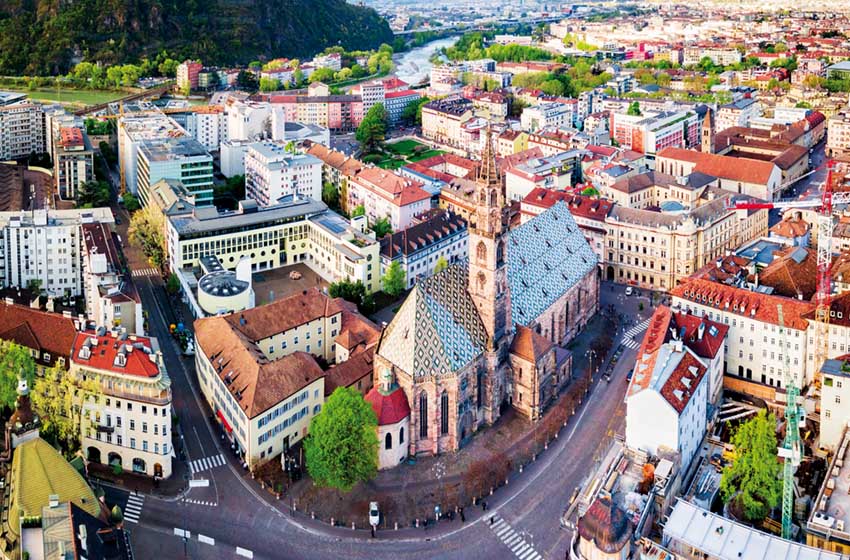
Left the vehicle in the convenient car park at the station Adige Bridge (time disc max 12 hours), on the railway line Bolzano-Merano, we unload the bicycles and set off to discover Bolzano, whose center is just over five kilometers away. After a quick visit to Walther Square and at the nearby cathedral, with its roof covered in glazed tiles, we head towards the Dominican church, inside which there is a small chapel decorated with frescoes from the Giotto school.
Passed Wheat Square, overlooked by elegant buildings with decorated facades, we walk along Via Portici, characterized by a long row of porticoed houses with curious bay windows that project onto the street: this is the city's walking street, where the most prestigious shops and the most refined. Past the scenographic Piazza delle Erbe, we aim towards the South Tyrolean Archaeological Museum to admire Ötzi's mummy, recovered in 1991 on the Similaun glacier and transferred to a special room in the museum after some disputes with the Austrians who claimed ownership.
Then we get back on the saddle and take the cycle path that follows the right bank of the Adige up to the confluence with the Isarco: shortly before there is the intersection with the green way to Merano, following which we reach the deviation for with a few pedals Firmian Castle, where the well-known mountaineer Reinhold Messner created one of his mountain museums, whose mass stands out clearly on the cycle path below.
Towards Egna
Proceeding further we arrive at the intersection with the cycle path which in sixteen kilometers leads to Caldaro through the village of Appiano. The warmest bathing lake in the entire Alpine region is located there, a feature that invites you, in good weather, to put your swimsuit and towel in your backpack for a refreshing dip. From the lake we then follow the signs for Time: once we have crossed the bridge over the Adige we take the cycle path again in a southerly direction until we reach the small but elegant village of Egna, just enough time to take a walk along the elegant Hoferstrasse and to taste some of the local delicacies.
Second stage • From Egna to Trento
40 km – Return by bike or train from Trento station (less than half an hour)
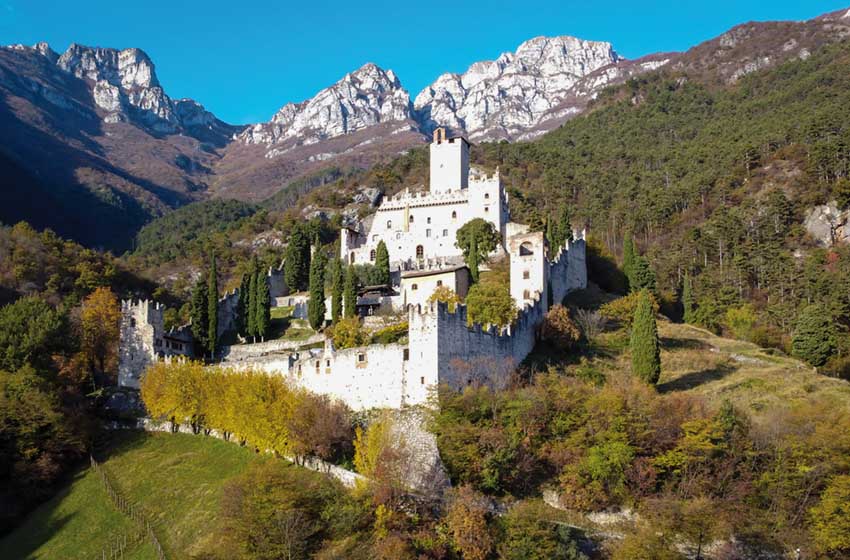
Having left the camper at the rest area in Via Platz, we set off towards Trento: the cycle path extends flat, accompanying the outflow of the Adige waters without major changes in altitude. However, the detour is a little steep Castelfeder, which requires you to go back a few kilometers towards Bolzano: once you get up there you can take in the entire valley with your gaze and visit the remains of various settlements which bear witness to the evolution of South Tyrolean society over the centuries.
Once we get back on the cycle path, we push on the pedals until we reach St. Florian to take a look at the ancient hospice which since the thirteenth century offered pilgrims heading to Rome a safe place to refresh themselves and stay overnight. A little further on is the small church of the same name, one of the oldest in South Tyrol, which can only be visited inside by appointment. A few more kilometers and here we are at the so-called Salorno "lock", where the Monte Alto it pushes towards the opposite plateau of Favogna, forcing the Adige to make a sharp detour: it is the border point between the German-speaking world of the north and the Italian-speaking world of the south, a sort of symbolic watershed that we cross by heading towards the capital of Trentino.
Towards Trento
After passing the Faedo bicigrill, we come across the first houses of San Michele all'Adige, home to an important ethnographic museum. The collections that reconstruct the history of the people of Trentino from their origins to the present day are extraordinary, distributed over the three floors of the ancient Augustinian convent. There are still about twenty kilometers to go to Trento, but we burn through them quickly, given that the cycle path does not present any kind of difficulty.
The path, after a short detour at Lavis to cross the Avisio torrent, leads directly to the center following the course of the river: a few meters from the cycle path is the majestic architecture of Muse, the extraordinary natural science museum designed by Renzo Piano that captivates us for a few hours. So let's enter the parlor of the city by arriving Piazza del Duomo, with the Cathedral of San Vigilio and the Neptune fountain which stand out against the frescoed facades of the Renaissance houses facing it.
After traveling along some streets of the local area we then reach the Buonconsiglio Castle and its museum, ancient seat of the city's prince-bishops, and therefore the Doss Trento, one of the three hills on which the town stands: there is the mausoleum dedicated to Cesare Battisti, the irredentist patriot shot right at the Buonconsiglio Castle.
Third stage • From Trento to Rovereto
22 km – Return by bike or train from Trento station (15 to 25 minutes)
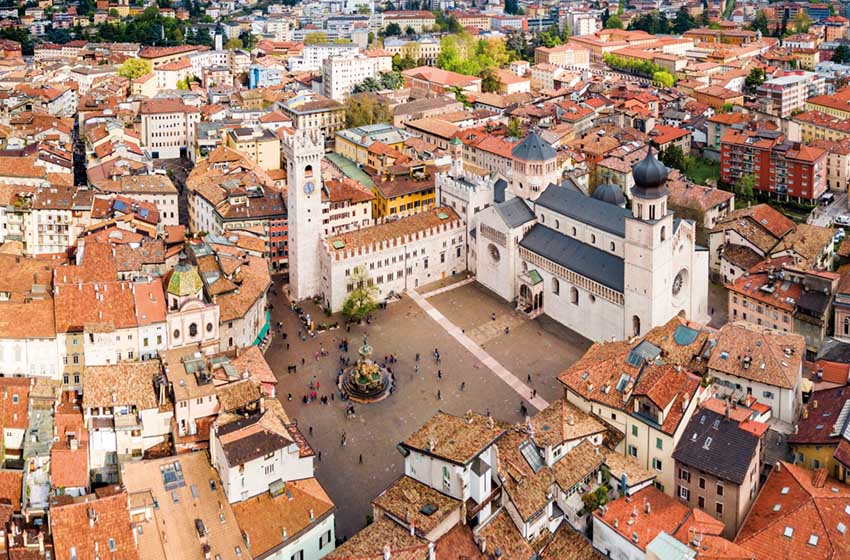
After a quiet night at the excellent rest stop on Via Fersina, we get back on the bike towards Rovereto: the cycle path passes right in front of the car park and reaching the Adige again is really child's play. After a few hundred metres, near the small local airport, we make a very short detour to visit the Air Force Museum named after Gianni Caproni, a pioneer of the Italian aircraft industry, born in Arch of Trento in 1886: fifty-seven examples inside, including the Ansaldo that Gabriele D'Annunzio used for the historic flight over Vienna in 1918.
Once back on the pedals, we easily pass Mattarello and at the height of Besenello we are enchanted by the solemn mass of Castel Beseno which stands out on the top of a hill dominating the entire valley. The climb up there is quite difficult, but it is rewarded by the magnificence of a truly extraordinary place. A skilful restoration work has made it possible to return to the community a building of great historical and architectural value, the largest fortified structure in the whole of Trentino: built in the 12th century, it was subjected to numerous extensions and alterations over the years, up to the 16th century to which the current conformation is due.
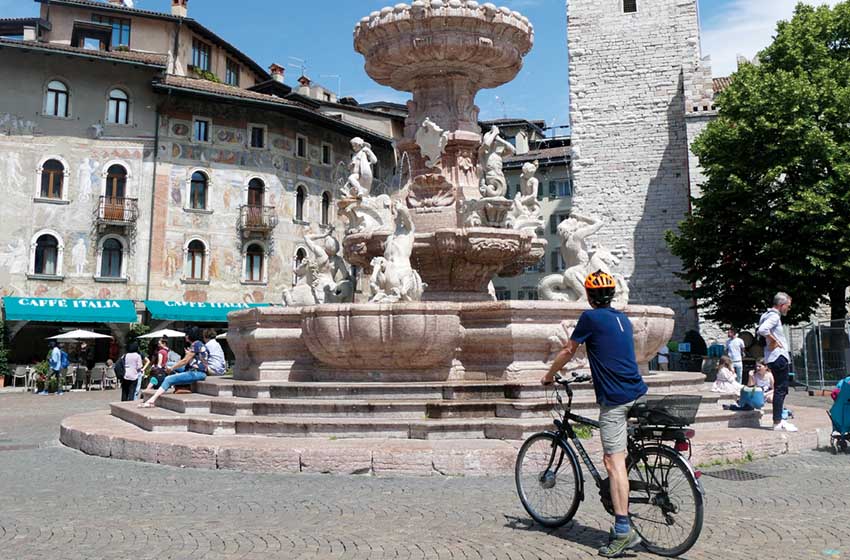
Towards Rovereto
Having once again descended onto the bank of the Adige, we quickly cover the twelve kilometers that separate Besenello from Rovereto. To reach the center we deviate onto the track that follows the banks of the Leno and we go up to Castel Veneto, home of the Italian Historical War Museum. Then we wander through the streets and alleys of the heart of the city until we reach another Trentino institution, namely the Mart, the Museum of Contemporary Art created by star architect Mario Botta, recognizable for its extraordinary glass and steel dome: over fifteen thousand works hosted by the permanent collection, dedicated in particular to the artistic avant-gardes of the twentieth century; a place of honor goes to the Rovereto native Fortunato Depero, one of the most significant artists of Futurism.
Fourth stage • From Rovereto to Brentino Belluno
38 km Return by bike or train from Peri station (15 to 25 minutes)
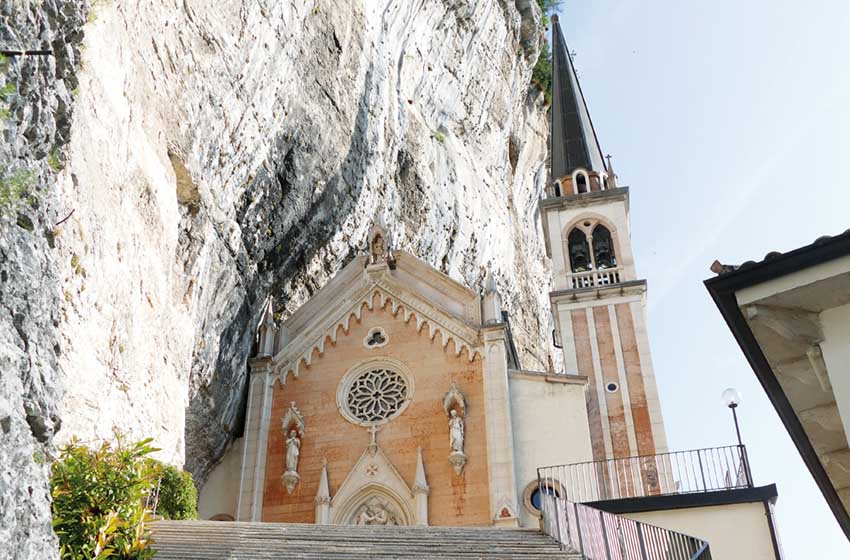
A nice restful sleep at the Quercia area in Via Palestrina allows us to get back on the bike the next day and head decidedly south. After a long ride of about twenty kilometres, the elegant architecture of the Sabbionara Castle, with its triple city walls, require us to make a detour at Avio: a few minutes are enough to climb to the entrance of the most famous fortified structure in Trentino.
The first historical sources date back to the 15th century, but its foundation dates back to at least half a millennium earlier: in particular, do not miss the wonderful frescoes that decorate the House of the Guards, Chapel, Baronial Palace , House of Love, a true jewel of fourteenth-century painting. Once back on the cycle path we soon arrive at Borghetto, on the border between Veneto and Trentino: after passing Belluno Veronese and Peri, at the height of Brentino Belluno we recommend taking a variant on foot to climb to the stunning Sanctuary of the Madonna della Corona set in the rock of Monte Cimo at a height of 774 meters overlooking the Adige valley (leave your bike in the center of the town and follow the signs for the path that leads to the sanctuary).
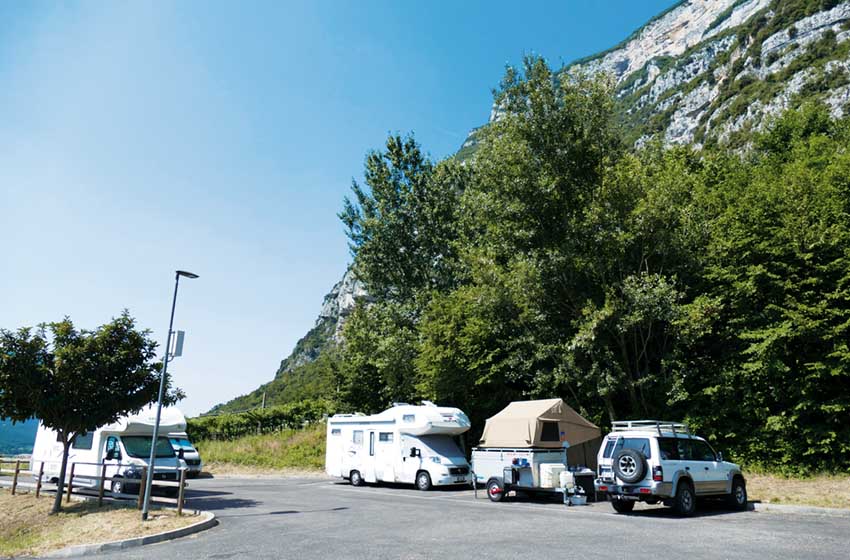
Retracing our steps, we take a detour which from the main path leads after a twenty minute walk to the Tibetan bridge which rises above the vajo (valley) of the Ursa to get to the mountain hut of the same name. Finally we go down to the valley and, having recovered the bike, we return to Rovereto by pedaling by train from Peri station (about five kilometers away). All that remains is to go and enjoy a restful sleep in the Brentino Belluno rest area, located a five-minute walk from the start of the path.
Fifth stage • From Brentino Belluno to Verona
37 km – Return by bike or train to Peri station (about 30 minutes)
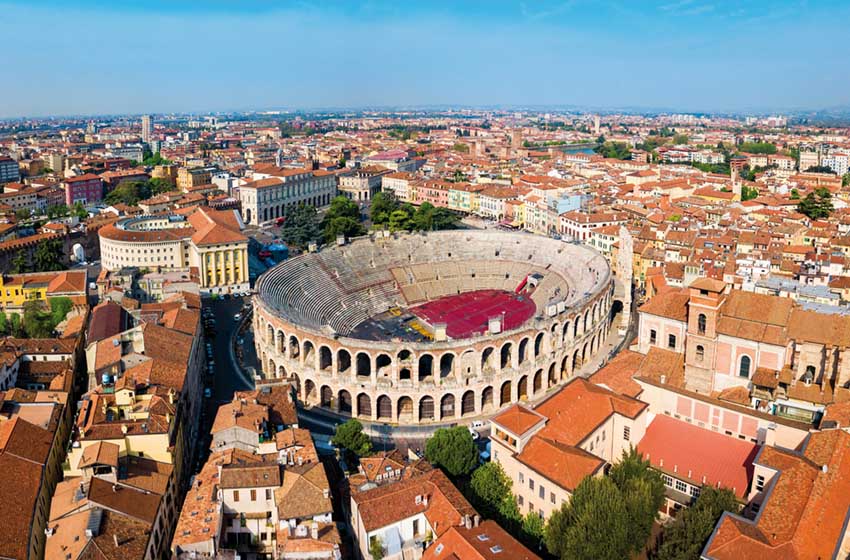
Left Brentino early in the morning we take the cycle path again, which at this height begins to become more tortuous, up to the sharp climbs necessary to overcome the Rivoli lock, characterized by the presence of three powerful fortifications built by the Austrians in the mid-nineteenth century taking advantage of the sudden narrow what the Adige does at that point of its path. We decide to take a close look at the best known and best preserved of them, Forte Rivoli, built on a strategic hill in the Monte Castello.
With the annexation of Veneto to Italy, the fort came under the control of the Royal Army, which used it to defend the northern border until it was decommissioned and transformed first into a warehouse and then into a museum on the First World War. Once you have descended from the heights of Rivoli, the cycle path leaves the Adige to follow the course of the Biffis canal up to bussolengo: after passing the center of the town, we follow the signs to go back to the canal, along the edge of which we cycle up to the village of Chievo and the first outskirts of Verona.
Discover the agreement at the Civic Museums of Verona with your PLEINAIRCLUB card!
A few more kilometers and they stand out in front of us in all their extraordinary beauty basilica of San Zeno and finally the Arena, the arrival point of a route which, carried out on a bicycle, offered many more opportunities to appreciate an area that was already fascinating in itself.
Read also: “The 5 best bike routes in Trentino-Alto Adige”
Two-wheeled intersections
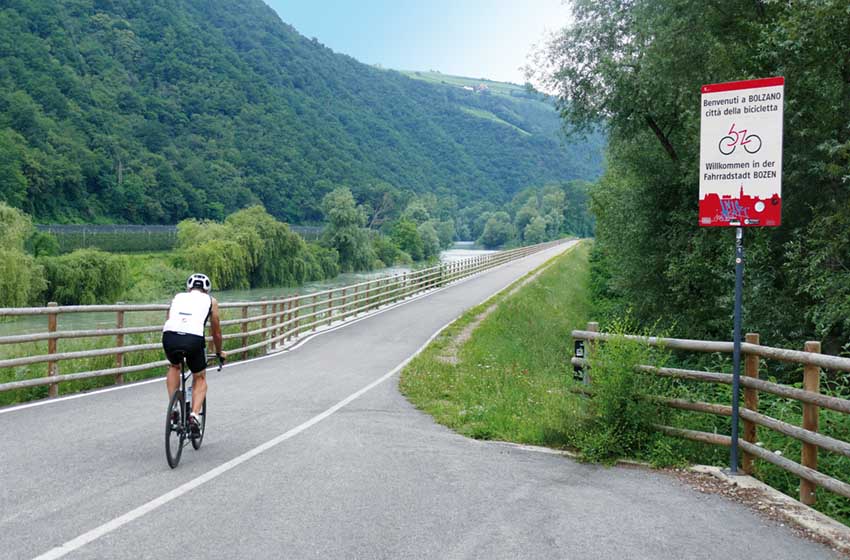
Other routes dedicated to two wheels branch off from the Adige cycle path which allow you to broaden the scope of the visit. In Bolzano it is possible to take the route which in about thirty kilometers goes up to Merano: another twenty kilometers and from there you can reach San Leonardo, at the top of the Val Passiria, or you can go as far as the Resia pass, completing the eighty kilometers of the cycle path Vinschgau.
At Egna you can follow the cycle path "old railway of the Val de Fiemme" which in thirty-two kilometers leads to Molina di Fiemme. Once you reach Mori, immediately after Rovereto, you can also go directly down to the Lake Garda pedaling for about fifteen kilometers almost exclusively on a dedicated path, passing through Torbole and Riva del Garda: from here another cycle path starts which, following the course of the Sarca, leads to Sarche (30 km).
Finally, once you arrive in Verona, you can move to Peschiera del Garda to get onto the Mincio cycle path which in forty-three kilometers allows you to reach Mantua.
Do you like cycle routes? Discover the best 6 things to do in Veneto!
A monumental balcony
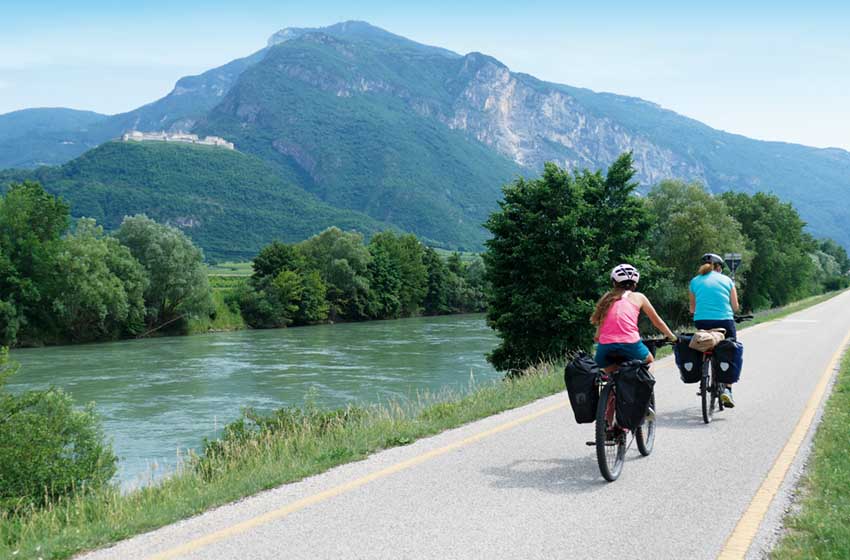
To get to the Sanctuary of the Madonna della Corona and to enjoy the incomparable views that open up from up there it is necessary to follow a steep path (well signposted) with over one thousand six hundred steps. Around the year 1000, there was already evidence of the presence of a monastery on site, reachable via a dangerous path carved into the rock, but the sanctuary seems to have been born at the beginning of the sixteenth century to venerate a statue of the Madonna miraculously moved here fromRhodes island: a church and two monumental access stairways were thus built; in the seventeenth century the access roads were repaired and a new church was built, transformed into a basilica in the seventies of the last century.
Read also: “6 places in Trentino-Alto Adige where you can ski with breathtaking views”

Where to stop?
- Bolzano Rest area in Via Maso della Pieve 12. It has 18 pitches with camper service and electricity, rate 12 euros per day.
- Caldaro Caravan Park Kalterersee (San Giuseppe al Lago 18 B, tel. 0471 960086, www.caravanpark-kalterersee.it).
- Neumarkt Rest area in Via Platz 1, rate 10 euros per day.
- Trento Rest area in Via Fersina (tel. 335 7877747, www.trentinomobilita.it). It has 33 stalls with toilets, electricity and loading and unloading for 20 euros per day (12 for overnight parking only); Zuffo area, at the Trento Centro motorway exit: 17 places with camper service only at 5 euros per day.
- Rovereto Area Camper Quercia (tel. 0464 357821, www.areacamperquercia.it): 15 stalls with all services, 16 euros per day, 8 for overnight parking only).
- Brentino Belluno Rest area in Via Santuario, 5 free stalls with water and electricity service (paid column).
- Verona Porta Palio area, Via Dalla Bona (www.amt.it), 36 places, loading and unloading service, 10 euros per day.
Read also: “Bolzano, among the most livable and camper-friendly cities”
What to visit
Bolzano
- Archaeological Museum of Alto Adige (Via Museo 43, tel. 0471 320100, www.iceman.it).
- Messner Mountain Museum (Via Castel Firmiano 53, tel. 0471 631264, messner-mountain-museum.it).
- San Michele all'Adige Museum of the Traditions and Customs of the Trentino People (Via Mach 2, tel. 0461 650314, www.museosanmichele.it).
Trento
- Muse, Science Museum (Corso del Lavoro e della Scienza 3, tel. 0461 270311, www.muse.it).
- Buonconsiglio Castle (Via Bernardo Clesio 5, tel. 0461 233770, www.buonconsiglio.it).
- Mausoleum of Cesare Battisti (Via Dos, tel. 0461 84111, www.comune.trento.it).
- Gianni Caproni Aeronautics Museum (Via Lidorno 3, tel. 0461 1747000, www.museostorico.it).
- Besenello Castel Beseno (tel. 0464 834600, www.buonconsiglio.it).
Rovereto
- Historical War Museum (Via Castelbarco 7, tel. 0464 438100, www.museodellaguerra.it).
- Mart Museum of Contemporary Art (Corso Bettini 43, tel. 0464 438887, www.mart.tn.it).
- Avio Castello di Sabbionara (tel. 0464 684453, www.fondoambiente.it/luoghi/castello-di-avio).
Brentino Belluno
- Sanctuary of the Madonna della Corona (Località Santuario 1, tel. 045 7220014, www.madonnadellacorona.it).
Rivoli
- Forte Rivoli (Via Castello, tel. 338 9760450, www.ifortidirivoli.wordpress.com).
Verona
- Arena (Piazza Bra 1, tel. 045 8005151, www.arena.it).
---------
You can read all PleinAir itineraries in Trentino Alto Adige and camper trips in the digital magazine on your PC, tablet or smartphone. With a year of subscription at PLEINAIR (11 paper issues) you have at your disposal the special inserts, the digital magazine and the digital archive from 2015 (with attachments).
With your PleinAir subscription receive the next issues comfortably at home and save!

